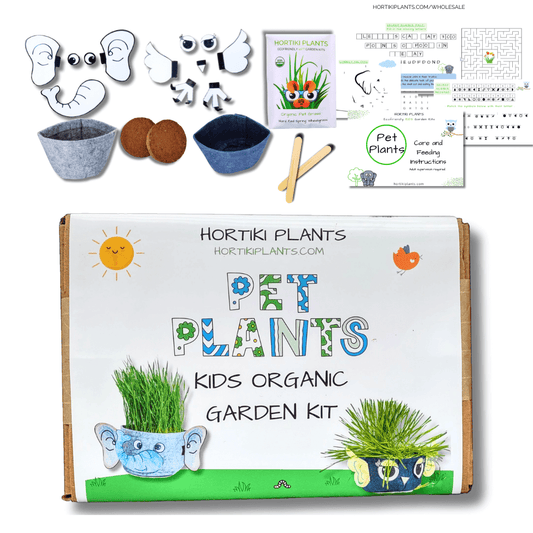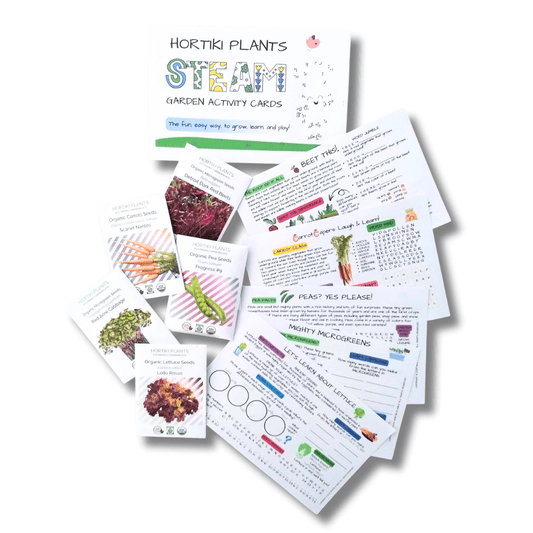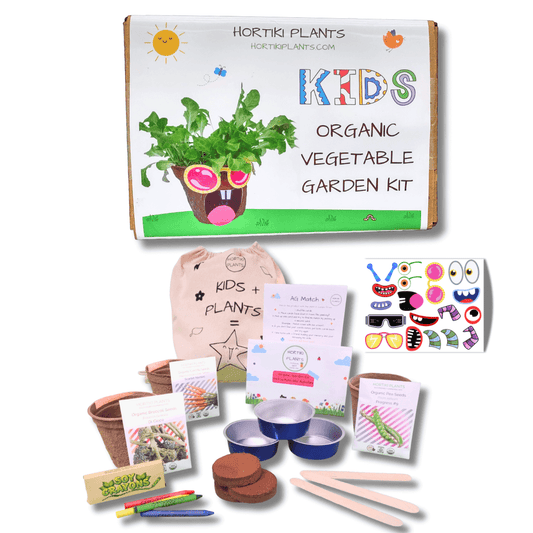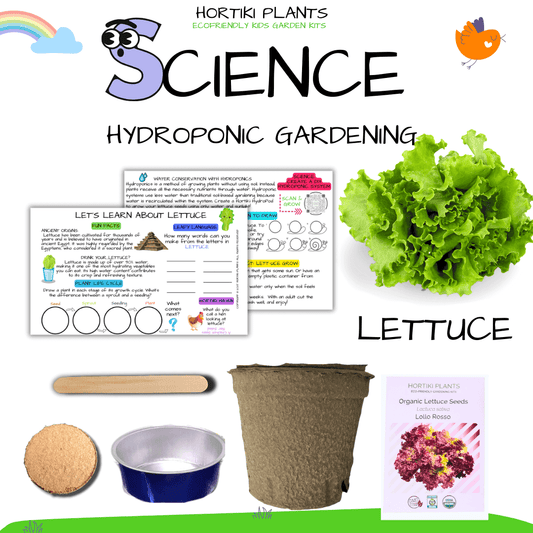November/December Planting Guide
VICTORIA LEBEAUXNovember/December Planting Guide

The List
Onion and Garlic
Who doesn't cook with onion and garlic? Of all the staples in the kitchen, onion and garlic may be the most universal. Grown and used in nearly every food culture, they are the workhorse of the culinary world. Onion and garlic are members of the Allium genus. The Allium genus includes 700 plant species including garlic, leeks, shallots, and chives.
The key to growing onion and garlic is to start with good plant material. You can find seedlings and transplants from local and online nurseries. Plant onions between November and January for spring and summer harvests. Plant garlic now through February. Check out this video from Better Homes and Gardens for a quick demonstration on how to get started. Although they show a spring onion planting, you can select Autumn varieties to plant now. The techniques used in the video can be used to plant your onion and garlic in containers if you don't have a garden plot. Simply set your container outdoors in a sunny location. Water lightly throughout the growing season.
Strawberries
Strawberries are one of the earliest fruits you will see at next year's Farmers' Markets. To get your own spring crop, plant now either indoors or out. Strawberries are well-suited to hanging baskets, patio containers, and strawberry planters. They are also a great starter plant if you are new to growing edibles in a limited space.
Plant three or four strawberry plants in a 12" hanging basket near a sunny window. If growing indoors, select an alpine variety suited to low light conditions. Did you know that the strawberry's natural habitat is actually the bottom of the forest floor? They evolved to bear fruit with only low light filtering through from the top of the forest canopy. So they can work well as indoor plants.

Love this photo of wild strawberries taken by Kedar Bhide. Check out other beautiful photos from the Himachal Prades: https://kedarbhide.com/chasing-wild-strawberries/
Rhubarb



Start getting excited about that strawberry rhubarb pie! Strawberries and rhubarb can both be sown in the winter and harvested early in the spring. They are natural BFFs! Rhubarb is a hardy perennial that is simple to grow and I am a big fan of easy edibles. You can plant rhubarb from seed but you will need to wait until the second year to harvest the stalks. To save time, look for an established plant called a 'crown'. Rhubarb crowns can seem a little expensive, at $10-15 each but they are already a year old. This means you can harvest the stalks in the first season. And, once your plants are established, they can continue to produced a viable crop for up to 10 years!
Rhubarb can be grown in a container on your balcony. The key is getting a container that is large enough. Select a large container, of at least 15 gallons. Place in the sunniest spot you can find. Use a mix of potting soil and high nutrient compost and plant your rhubarb transplants (called crowns) with only 1" inch of soil cover. Be sure not to over water you plants, as this can cause the crown to rot. Rhubarb is pretty low maintenance. Allow it to stay outside over the winter because it needs a season of cold. When you see flowers start to emerge in the spring, cut them back so that all the plant's energy goes into the edible stalks. The stalks are ready to harvest at about 11 inches, when the leaves are completely unfurled. Harvest a few stalks at a time by twisting them away from the crown. Don't eat the leaves! They contain a toxin, oxalic acid. Cut the leaves off and dispose. (Add to your compose bucket if you have one).
Brambles
Varieties: Raspberries, Blueberries, Blackberries, Gooseberries, Currants
I know I am making your mouth water with all this delicious fruit! And in winter of all times. But brambles are another crop that you plant in the winter for summer and fall harvest next year.

What many people don't know is that you can plant them in containers. Most varieties will need a large container holding at least 15 gallons of soil. If the weight of those containers is a concern, considering using a lightweight fabric grow bag. Since most brambles do need a support structure, consider getting a rectangular container. Set it up against your balcony railing. You can tie your vines and branches to the railing as they grow and add extra support as needed.

Flowers
Finally, through the end of the year, there is still time to plant spring flower bulbs.
Consider annual flowers you can buy specifically for holiday blooming. Also invest in perennials you can over-winter on your balcony that will come back each year.

Be mindful of the varieties that need to be kept cold until spring. Be sure not to store them in a refrigerator with food. Some fruits and vegetables naturally release a ripening hormone called ethylene. Exposure to this gas can negatively impact your bulbs by interrupting their dormancy period.
Forced Flowers for Holiday Cheer
Varieties: Amaryllis, Crocus,Daffodil, Freesia, Hyacinth, Iris, Paperwhite, Snowdrop
Pre-order flower bulbs now. Force in November and December for colorful holiday blooms. To force, keep your bulbs in a cool dark location for the next few months. When shoots start to emerge, move the containers to a warm, bright room. This will send a signal to the plants that it's time to bloom. These colorful flowers make great host and hostess gifts for holiday parties.
Spring Bulbs
Varieties: Alliums, Crocus, Cyclamen, Daffodils, Dutch Iris, Grape Hyacinth, Hyacinths, Poppy Anemone, Snowdrops, Spanish Bells, Tulips (just to name a few!)
These are some of the same varieties suggested for forcing but they can also bloom naturally. You can keep these outdoors in containers over the fall and winter and they will bloom in the spring. Keep an eye out for cold snaps though and protect early blooms as needed.
Perennials
Varieties: Aster, Clematis, Coral Bells, Dianthus (Pinks), Myosotis, Scabiosa (Pincushion Flower), Sedum, Yarrow, and many more!
Now is also the time to start shopping for perennial flowers. Perennial plants live for several years and flower every year so they are a great investment. Also, many varieties will grow well in containers and even indoors near a sunny window. Check out this article by the University of Georgia's agricultural extension office for a deep dive on planting perennials in containers. They also have an extensive list of perennials that will thrive in containers.
That's it for this month - oh wait - I mean for this year!
Download the FREE Guide for easy reference: Effortless November/December Container Gardening
 Download the free guide for November / December.
Download the free guide for November / December.
Need additional advice or resources? Have another suggestion or just want to share how your garden's growing? Leave a comment below.
Plant Love!
Victoria
Founder and Owner,
Hortiki Plants
P.S. Want to create a fabulous year round plantscape but not yet ready to dive in? Take the Live Your Best Plant Life Mini Course to discover what’s holding you back.



